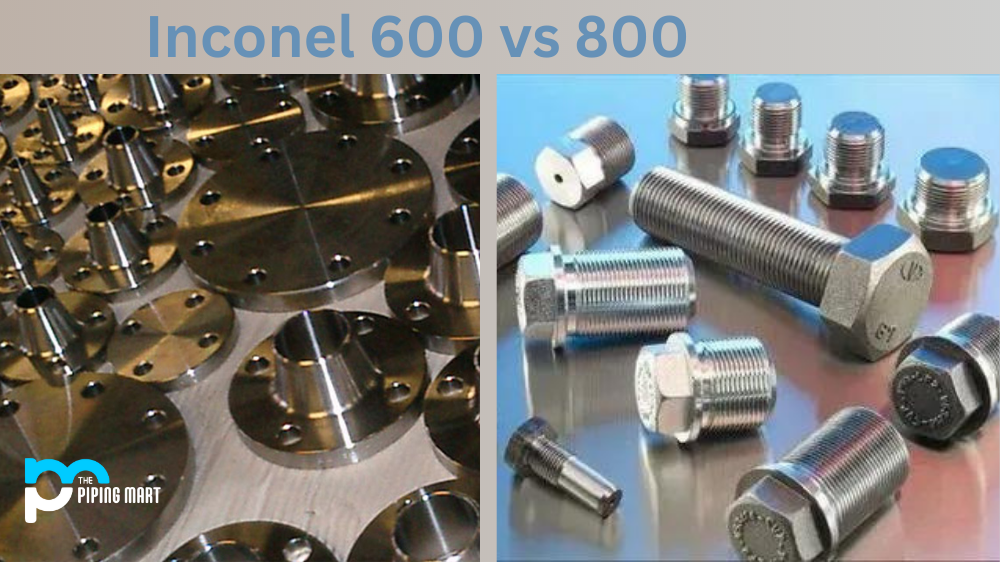In the world of metal alloys, there are countless variations and types. It can be difficult to decipher which is best for your project, and the decision can be tough when choosing between 18-8 stainless steel and grade 8. Both have unique properties that make them ideal for specific purposes, but which reigns supreme? In this blog post, we’ll examine both materials in-depth and provide the information you need to decide the best fit for you.
What is 18-8 Stainless Steel?
This alloy comprises 18% chromium and 8% nickel, giving it excellent resistance to corrosion and oxidation. It’s commonly used in applications where corrosion resistance is a primary concern, such as marine environments or food processing. 18-8 stainless steel is also known for its strength and durability, making it a great choice for applications that require heavy loads or high stress. However, it’s important to note that while 18-8 stainless steel is strong, grade 8 is easier.
What is Grade 8?
Grade 8 is a heat-treated alloy of carbon, manganese, and chromium. It’s incredibly hard and strong, ideal for high-tensile strength applications. Grade 8 bolts, for example, are commonly used in machine assemblies or automotive applications. While grade 8 is also corrosion-resistant, it’s less effective than 18-8 stainless steel. Furthermore, it’s important to remember that heat-treated alloys like grade 8 can become brittle over time, making them susceptible to cracking or breaking if exposed to excessive stress.
Difference Between 18-8 Stainless Steel and Grade 8
Composition
18-8 stainless steel alloy contains 18% chromium and 8% nickel. Grade 8 is carbon steel that contains between 0.80% and 1.20% carbon.
Strength
18-8 stainless steel is less strong than grade 8 steel but is more corrosion-resistant. Grade 8 steel is stronger than 18-8 stainless steel but more corrosion-resistant.
Cost
There are some other factors to consider as well. For example, 18-8 stainless steel is typically more expensive than grade 8, so cost may be a factor in your decision. Additionally, 18-8 stainless steel is easier to machine and fabricate than grade 8, which could make it the more convenient choice for certain applications.
Uses
18-8 stainless steel is often used in food preparation and medical applications because of its corrosion resistance. Grade 8 steel is often used in construction and automotive applications because of its strength.
Availability
18-8 stainless steel is widely available, while grade 8 steel may be more difficult to find.
Applications
It’s also worth mentioning that there are other types of stainless steel and alloys beyond 18-8 and grade 8. For example, 316 stainless steel is a popular choice for applications that require even greater corrosion resistance, while aluminium alloys are often utilized for their lightweight properties. Ultimately, the right choice for your project will depend on various factors, including environmental conditions, load requirements, and budget.
So, which one is better?
It depends on what you’re looking for. If you need an alloy resistant to corrosion and oxidation and can handle heavy loads, then 18-8 stainless steel is a great choice. If you need an incredibly strong and durable alloy, grade 8 is the way. Ultimately, your decision should come down to the specific requirements of your project.
Conclusion
In conclusion, the debate between 18-8 stainless steel and grade 8 needs to be clarified. Both alloys have unique properties that make them ideal for different applications, and your decision should ultimately come down to the requirements of your specific project. While cost, machining ability, and durability are all important factors, it’s crucial to consider the conditions and demands your alloy will be exposed to. Doing so lets you decide and select the best alloy for your unique needs.

A passionate metal industry expert and blogger. With over 5 years of experience in the field, Palak brings a wealth of knowledge and insight to her writing. Whether discussing the latest trends in the metal industry or sharing tips, she is dedicated to helping others succeed in the metal industry.




